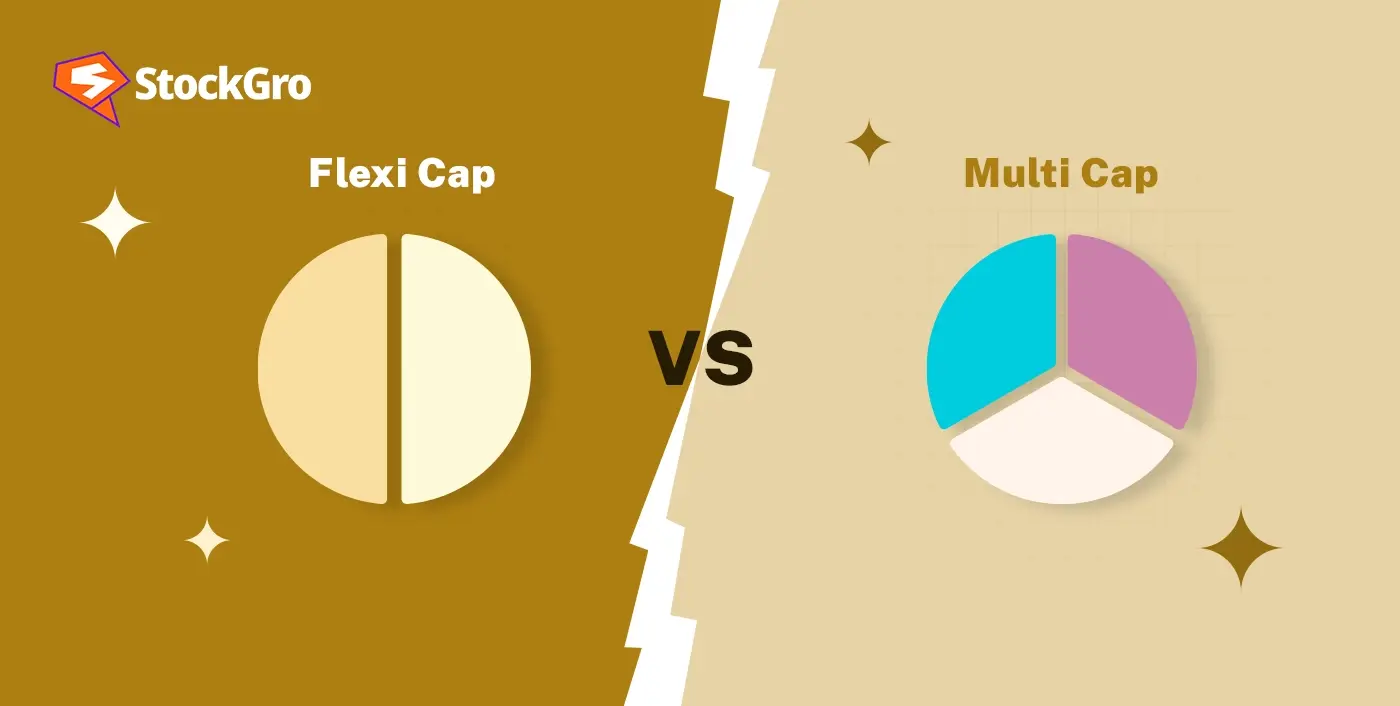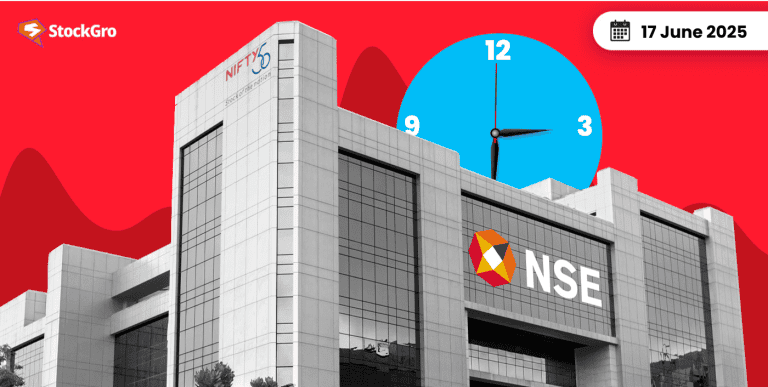
The investment landscape in India is changing quickly. Some investors are seeking investment products with slightly higher risk returns than traditional mutual funds. However, most investors cannot avail Portfolio Management Services (PMS) due to its minimum investment requirement of ₹50 lakhs.
To address this gap between mutual funds and PMS, on 16th December 2024, SEBI introduced a new asset class – Specialised Investment Funds (SIFs). In this blog, we will take a look at what SIFs are, their advantages and disadvantages, and the types of SIFs.
What are Specialised Investment Funds (SIFs)?
SIFs, similar to mutual funds, pool money from investors and invest in various financial instruments. Unlike mutual funds, SIFs aim for high-risk and high-return portfolios.
Features of SIFs
Here are the features of specialised investment funds India:
- Minimum investment: SIFs have a minimum investment requirement of ₹10 lakhs. However, the total minimum investment requirement of ₹10 lakhs is not required for every individual SIF scheme. This money can be distributed among various schemes offered by a single Asset Management Company (AMC).
- Short exposure: SIFs can take short exposure using derivative instruments. Maximum short exposure allowed using derivatives is 25% of the entire value of the portfolio.
- High risk and high returns: SIFs can invest up to 15% of their portfolio in a single stock or a financial instrument, 10% limit for mutual funds. This will allow SIFs to create portfolios with higher risk and higher return potential.
- High Concentration Portfolios: SIFs allow investors to participate in highly concentrated sectoral strategies, for example, funds dedicated solely to green energy, electric vehicles, fintech, or real estate. While such focused exposure can potentially deliver high returns, they also have higher risk due to limited diversification.
- Asset classes: SIFs can invest in different asset classes like equity, debt, commodity derivatives, Real Estate Investment Trusts (REITs), etc.
An interesting read: Mutual Fund vs PMS vs AIF: Key Differences
Types of Specialised Investment Funds (SIFs)
SIFs can be categorised on the basis of their investment strategy – equity, debt and hybrid. Let us take a look at the types of specialised investment funds in India:
Equity oriented investment strategies
Equity-oriented investment strategies have a high exposure to equity and equity related instruments. These investment strategies have three sub-categories –
- Equity long-short fund: This scheme has to invest a minimum of 80% of the entire portfolio in equity and related instruments.
- Equity ex-top 100 long short fund: This scheme has to invest a minimum of 65% of the entire portfolio in stocks, excluding the top 100 stocks in terms of market capitalisation.
- Sector rotation long-short fund: This scheme has to invest a minimum of 80% of its portfolio in equity and related instruments. This scheme can invest in a maximum of 4 sectors.
All these schemes can maintain a maximum short position of 25% of the entire portfolio value using futures and options.
Debt oriented investment strategies
Debt-oriented investment strategies have a major part of their portfolio invested in debt and debt related securities. These investment strategies have two sub-categories:
- Debt long-short fund: This fund can invest in debt instruments of various durations and can maintain short exposure through debt ETFs.
- Sectoral debt long-short fund: This fund can invest in debt instruments of a maximum of 2 sectors. Each sector can be allocated a maximum of 75% investment. 25% short exposure allowed.
Hybrid investment strategies
Hybrid investment strategies have the autonomy to invest in different asset classes like equities, debt, commodity derivatives, REITs, etc. These can be sub-divided into 2 categories:
- Active asset allocator long-short fund: This fund invests across different asset classes like equities, debt, commodity derivatives, REITs, etc.
- Hybrid long-short fund: This fund has a mandate of investing in a minimum of 25% in equities and 25% in debt.
Both these schemes can maintain a maximum short position of 25% of the entire portfolio value using futures and options.
Eligibility criteria for AMCs to invest in SIFs.
SEBI has set eligibility criteria for AMCs to launch SIF schemes. There are 2 routes:
- Route 1 – Sound track record: The AMC must have a track record of managing at least ₹10,000 crores of assets under management for the past three years.
- Route 2 – Alternate route: The chief investment officer of a SIF scheme must have at least 10 years of experience managing ₹5,000 crores investment portfolio.
Additional fund managers must have three years experience of managing at least ₹500 crores.
Also read: The essential checklist for choosing a wealth manager
Advantages and disadvantages of SIFs
Let us take a look at the advantages and disadvantages of specialised investment funds:
Advantages
- Focused investment: Allows investors to invest in highly concentrated portfolios and themes. This kind of investment has high risk and high returns.
- Professional management: SEBI has laid out stringent eligibility criteria for AMCs to launch SIFs. This ensures that SIFs are being managed by experienced managers.
- SEBI regulated: Since, SIFs are regulated by SEBI, they offer a higher degree of investor protection and transparency.
- Flexible structures: SIFs allow open-ended and close-ended schemes, similar to mutual funds. The close-ended schemes will be listed on stock exchanges to provide liquidity.
Disadvantages
- High investment: SIFs require a high minimum requirement of ₹10 lakhs. It can be difficult for most retail investors to invest such a large amount, thus making SIFs exclusive to HNIs.
- No track record: SIFs are a new investment asset class. These do not have a past performance track record to measure the past portfolio performance in various market conditions.
- Market risk: Some SIFs might carry high risk because of investments in highly volatile assets, which might lead to poor performance during market downturns.
Also read: Financial planning vs wealth management: Which one is right for you?
Conclusion
SIFs can be an investment asset that will act as a bridge between PMS and mutual funds. Investors who want to invest in higher-risk assets than mutual funds but can not invest ₹50 lakhs in PMS will have the option to invest in SIFs. Investors of SIFs need to understand the associated risk and investment strategy thoroughly before investing. As of June 2025, Quant MF, Edelweiss MF and Mirae Asset MF have received the SEBI nod to launch SIFs.
FAQs
What is the difference between SIFs and AIFs?
Specialised Investment Funds in India target specific sectors or strategies and are typically set up for professional or institutional investors. On the other hand, Alternative Investment Funds cover a broader range of non-traditional investments like private equity, real estate, derivatives and venture capital. AIFs have a minimum investment requirement of ₹1 crore.
Will there be SIP and STP plans to invest in specialised investment funds?
Yes, similar to mutual funds, AMCs will offer different investment plans for SIFs. These plans will include Systematic Investment Plan (SIP), Systemative Transfer Plan (STP) and Systematic Withdrawal Plan (SWP).
What will be the benchmark used for SIF schemes?
The Asset Management Company will choose an appropriate broad market index as a benchmark for SIF. For equity-oriented strategies, indices like BSE Sensex, NSE Nifty, BSE 100, or CRISIL 500 can be used. Debt-oriented strategies will be compared with a broad market index that reflects the fund’s portfolio. Hybrid strategies will be benchmarked against suitable broad market indices where available.
What if an investor breaches the minimum investment threshold in SIFs?
The asset management company will monitor the minimum investment threshold (₹10 lakhs) daily to prevent active breaches. Redemptions by the investor should not reduce the investment below this limit. If the threshold is breached passively, like due to a fall in NAV, the investor will have to redeem the full remaining amount.
What are the restrictions on bond investments in SIF portfolios?
An investment strategy under a specialised investment fund cannot put more than 20% of its total value into debt or money market securities from a single issuer if they are rated AAA. If the securities are rated AA, the limit is 16%, and for those rated A or lower, the limit is 12%. This helps spread risk and avoid overexposure to any one issuer.

